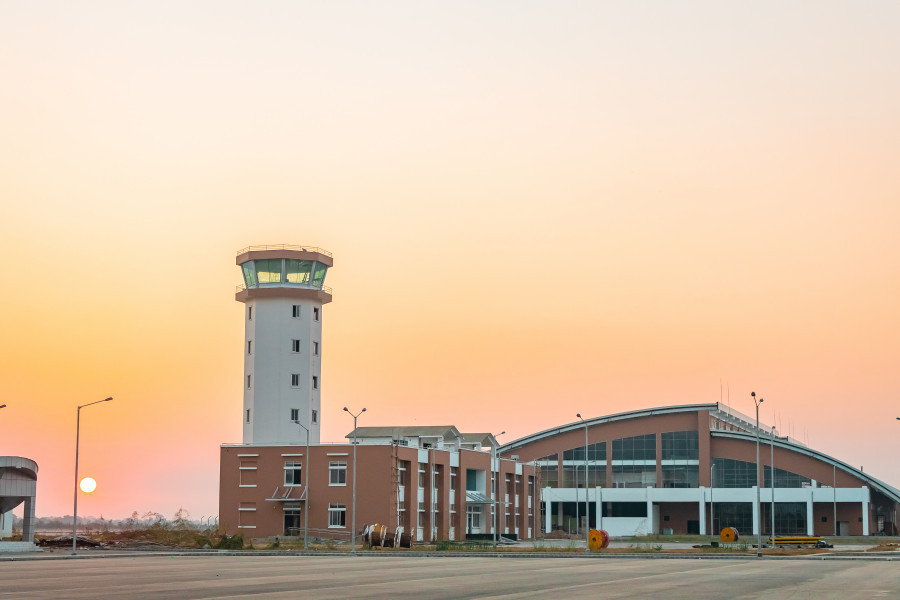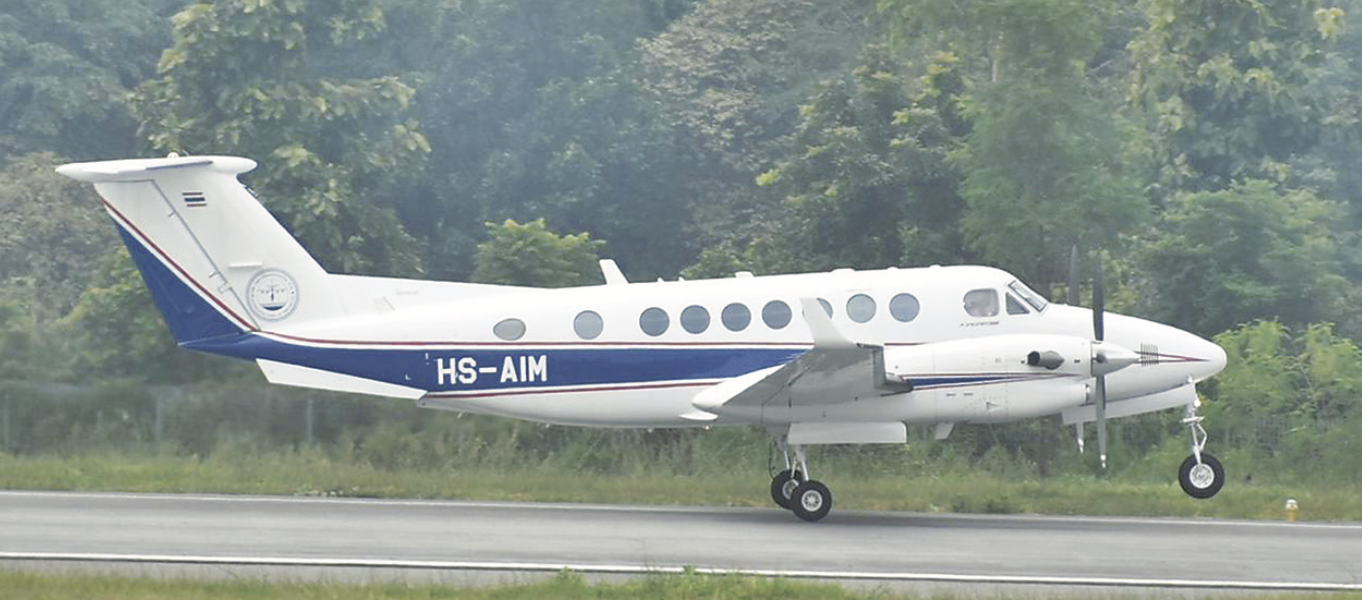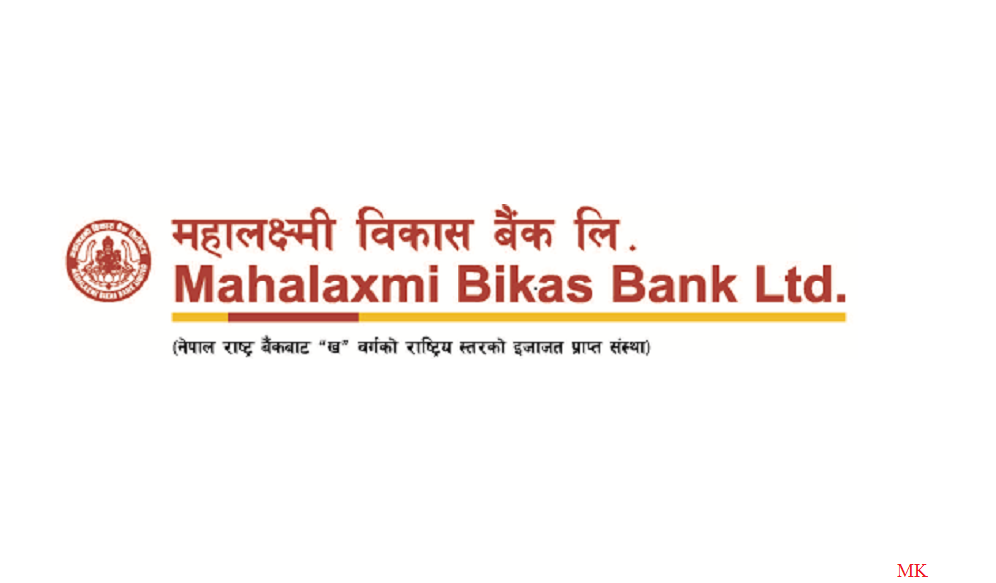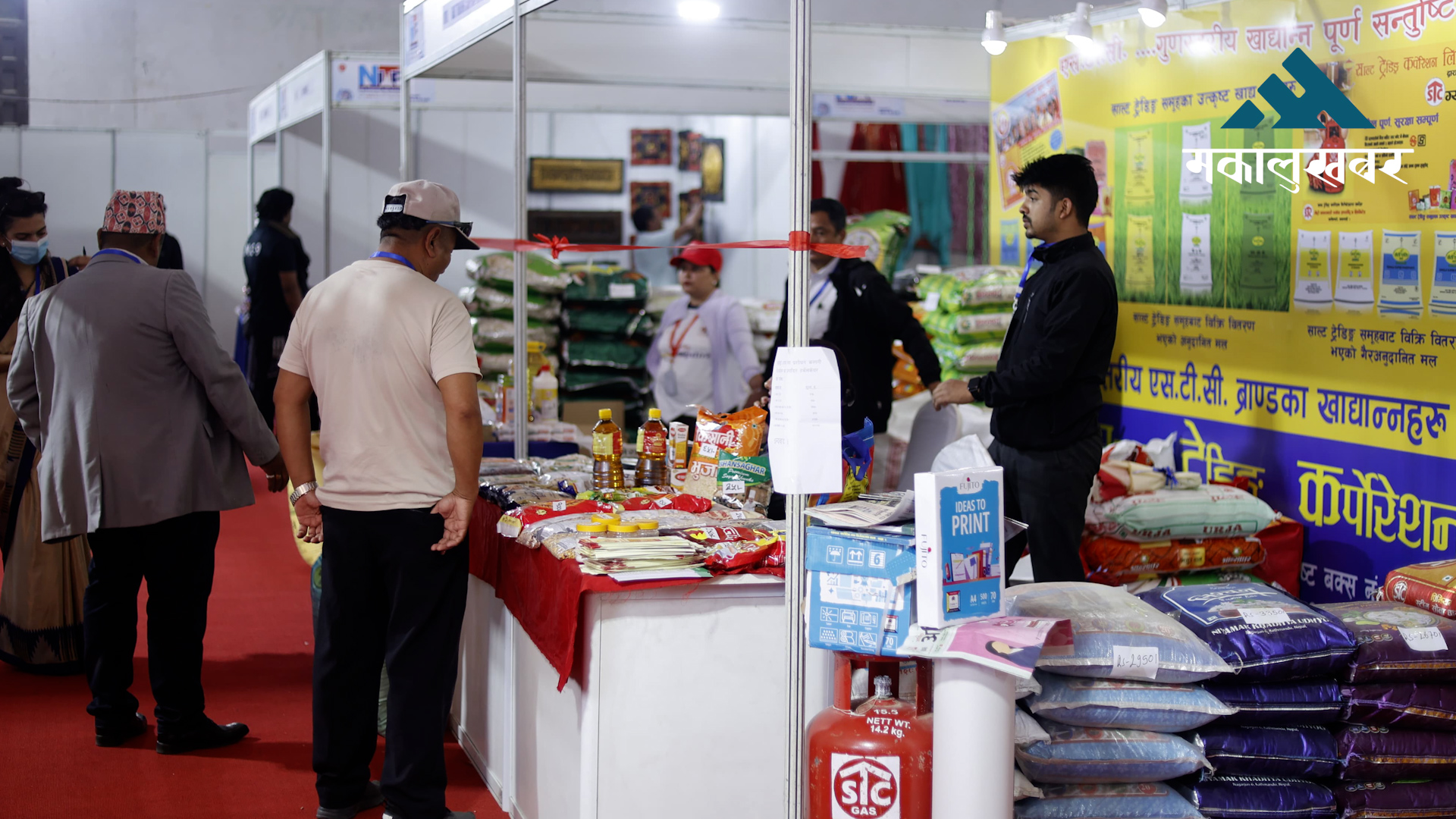Gautam Buddha International Airport set for May 16 launch

KATHMANDU: FEB. 17 – The newly constructed international airport in Bhairahawa will begin testing communication and navigation equipment on Friday as it readies for its commercial opening slated for May 16 which is Buddha’s birthday, Nepal’s civil aviation body said.
Named Gautam Buddha International Airport, it will be Nepal’s second gateway airport after Kathmandu.
The Civil Aviation Authority of Nepal has informed all airlines and passengers travelling to Bhairahawa that they may face delays from February 18 to 27 as technicians will be conducting flight calibration of the communication and navigation equipment there. The tests may last for 10 days, they said.
“We are all set for the much-awaited calibration flight on Friday. After five days, there will be a day’s break,” engineer Pravin Neupane, who is overseeing the communication and navigation component of the project, told the Post.
All new airports have to undergo flight inspection, including tryouts of all infrastructure before they can begin service. These inspections are done in flight by using flight inspection aircraft to analyse and assess the performance and efficiency of the aids to ensure the safety of aircraft that rely on them for navigation and landing guidance.
According to him, technicians and experts will test the Instrument Landing System (ILS) for four days. ILS is a standard International Civil Aviation Organisation (ICAO) precision landing aid that is used to provide accurate signals for aircraft for landing on the runway under normal or adverse weather conditions.
“The technicians will test the flight procedures for another four days.”
They will give an interim report within 15 days after a successful calibration flight, and issue the green signal for testing of the airport by commercial aircraft.
“The civil aviation regulator will review the interim report and make necessary corrections if needed,” said Neupane.
After the go-ahead from the regulator, the report will then be published in AIRAC cycle, a system established by ICAO to ensure that changes to aeronautical information are made in a consistent manner and that the essential data is released prior to the effective date of the change, which has been predetermined to occur at an interval of 28 days (each 28-day period is deemed a “cycle”).
After 56 days, the Civil Aviation Authority of Nepal will issue details of the regulations, procedures and other information pertinent to flying aircraft at the new airport through the Aeronautical Information Publication.
“After 57 days, we can make a commercial flight from the new airport,” said Neupane. “But the flight test at the airport, which is non-commercial, can be conducted after the interim report.”
As per the plan, the Tourism Ministry expects to open the doors of the new airport on May 16, coinciding with the full moon day when Gautam Buddha was born, became enlightened and entered nirvana.
According to Neupane, an American expert responsible for testing the ILS and other ground equipment arrived on Tuesday.
A seven-member team of Aeronautical Radio of Thailand, the contractor for the project, is scheduled to land in Kathmandu on Thursday on a special twin-turboprop Beechcraft flying from Thailand to Dhaka and then to Kathmandu.
The HS-AIM Beechcraft 350 Super King Air of Aeronautical Radio of Thailand will conduct the calibration.

Located in the central Tarai, the Rs6.22 billion facility is the gateway to the international pilgrimage destination of Lumbini, the birthplace of Gautam Buddha. It has a 3,000-metre-long and 45-metre-wide runway.
On March 7, 2019, Aeronautical Radio of Thailand was awarded a $4.83 million contract for the supply, delivery, installation and commissioning of Communication, Navigation and Surveillance/Air Traffic Management, including meteorological equipment and other related services, at Gautam Buddha International Airport. The project was planned to be completed in 2019.
Despite the Covid situation, the Thai company completed the installation of the navigation and communication equipment in August 2021 but informed the airport project that they would begin the calibration and testing of the equipment only after the Covid-19 situation in Nepal receded to almost zero. The final phase of the project was then halted.
On November 20 last year, a senior representative of the Thai company arrived in Nepal to assess the situation.
The project was expected to complete all tasks, including tests and calibration of the communication and navigation equipment, by October last year; but the second wave of the coronavirus which started in mid-April upset its revised timetable.
In May last year, the coronavirus positivity rate had reached 45 percent, with nearly 9,000 new cases appearing daily, an increase of about 3,000 percent from April.
Following the Thai company’s reluctance to come to Nepal fearing Covid, the Civil Aviation Authority of Nepal approached the South Korean and Indian governments and the Federal Aviation Administration (FAA) of the United States to conduct the tests, but only India responded positively.
The FAA, an agency of the US government responsible for the regulation of aircraft and airports, had conducted flight inspections of the radar system at Bhatte Danda in Lalitpur in 2017.
The civil aviation body then initiated a government-to-government deal with India because it was difficult to bring foreign experts under the coronavirus circumstances, and that could delay tests at the new airport including periodic checks at other airports in Nepal.
Nepal had asked the Airports Authority of India to provide periodic airport and flight inspection services for its airports. Nepal had proposed signing a three-year contract with India.
But officials found that would not be necessary as the Thai company eventually came forward to do it. According to a senior official at the Civil Aviation Authority, they had dispatched a formal letter to the Thai company informing it of a breach in the agreement.
The company then responded that it was ready to complete the work as Thailand had ended its own corona restrictions and reopened on November 1 last year, a few days after the letter was dispatched.
-Kathmandu Post










